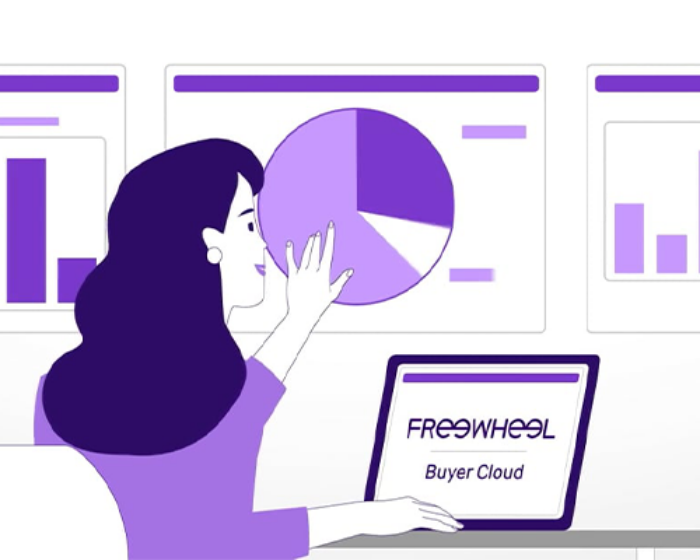Programmatic video buying is ramping up fast. Ad views in programmatic video marketplaces are up 21% YOY (’23 vs ’22), and it’s particularly strong in CTV (85% of programmatic video ad views are seen on CTV vs other platforms).1 Some estimates predict that CTV programmatic spending will rise to $8.88 billion by the end of 2023, more than double what it was in 2020.2 All are clear signs that premium programmatic video is accelerating as a transaction type, with CTV at its heart.
Despite its impressive adoption by the industry, programmatic video is still an evolving ecosphere that needs refinement to approach its potential. One of those necessary refinements comes in what fuels this acceleration: metadata.
Gassing Up the Programmatic Video Engine
Like any other engine, programmatic will need fuel – or metadata – to run. Simply put, metadata is data that describes data, a checklist that could be compared to any news article: who, what, when, where, and how. Only in the programmatic world, these are questions of device type, object type, app bundle, and more. It’s these very specific data points that move potential ad buys successfully through the programmatic bidstream.
Essentially, metadata represents hundreds of opportunities to inform an advertiser why your advertising opportunity is right for them. Each detail is another critical proof point for relevance, transparency, and assurance that the inventory that you’re offering is brand safe and provides the right content for the right target. It simply makes the opportunity more attractive to advertisers and reinforces the value – and price point – that drives sales and maximizes ROI.
Getting metadata right, with no gaps that will stop a successful bid, is critical to ensure programmatic’s full potential. Metadata passed in a bid request is meant to give as much information as possible to the DSP (Demand Side Platform), so they know what they are buying – price, audience, targeting, creative format and duration, position in the break, etc. Specifics and accuracy are crucial.
As an industry, the two keys that will help smooth the programmatic process are standardization and consistency. Programmatic is all about predictability, and checking more boxes off automatically will keep the bidstream flowing freely.
A Bigger, Better Programmatic Process
Metadata plays an integral role in the adoption of programmatic. Better data behind the scenes results in more successful bids and encourages advertisers to invest more in the process.
Better data also provides another reassurance for brands – it allows for increased transparency to the buy side. Knowledge of where their dollars are being spent and what the results will be create confident, informed decisions. In a 2023 study by the ANA, only 15% of brands felt they had confidence that they knew where their programmatic ad spend was being used, and only 25% understood the associated fees they were paying for programmatic campaigns.3
To help overcome these hurdles, FreeWheel has produced a resource called “A Guide to Programmatic Metadata” for those publishers closely involved in the inner workings of the programmatic process. As details like STB, CTV, website requirements and iOS/Android differences complicate the already complex programmatic bidstream, knowledgeable resources like this will aid in navigating an intricate process and maximizing the future of programmatic.
Sources:
1. FreeWheel Video Marketplace Report: 1H 2023
2. Insider Intelligence forecast data
3. 2023 Programmatic Media Supply Chain Transparency Study, ANA (Association of National Advertisers)




